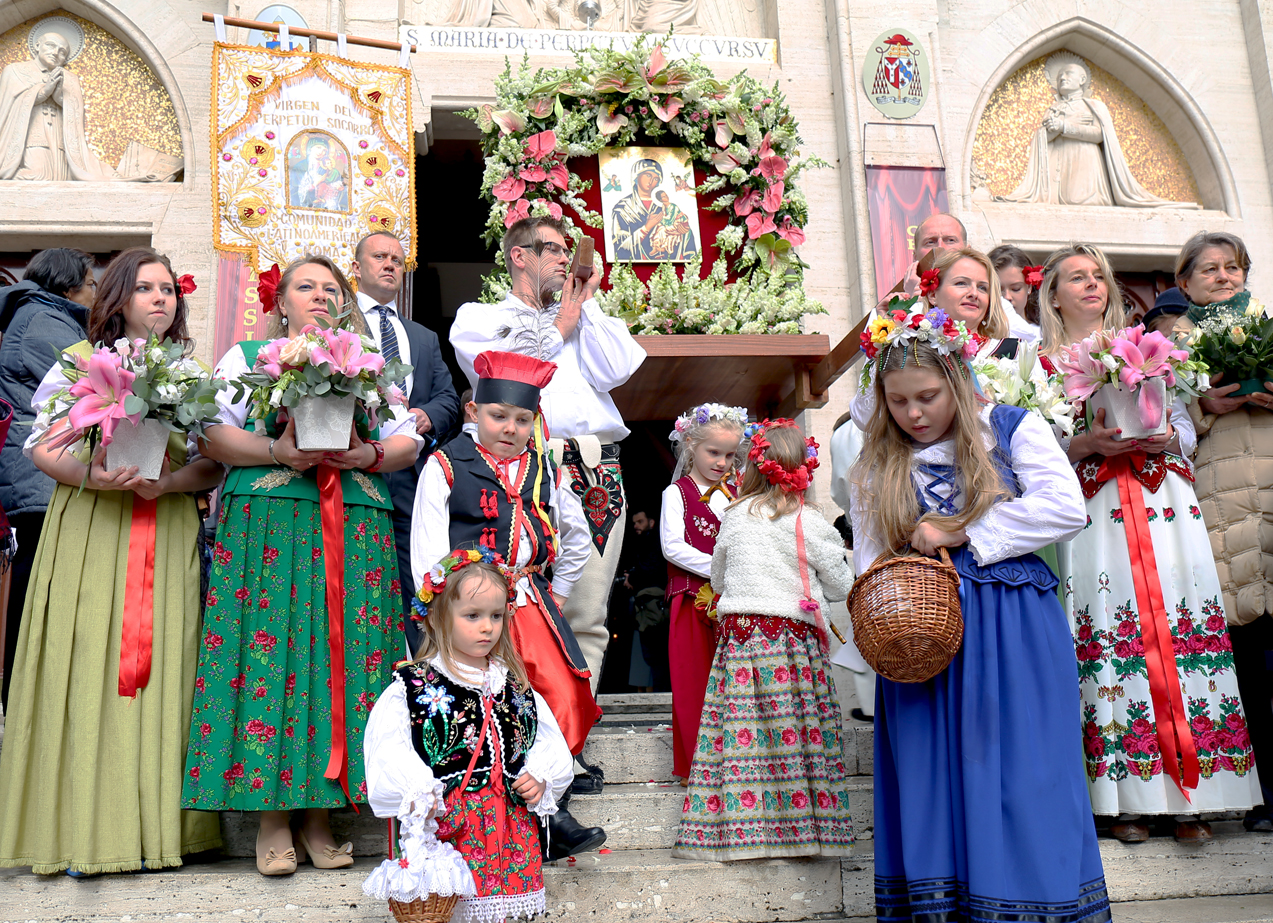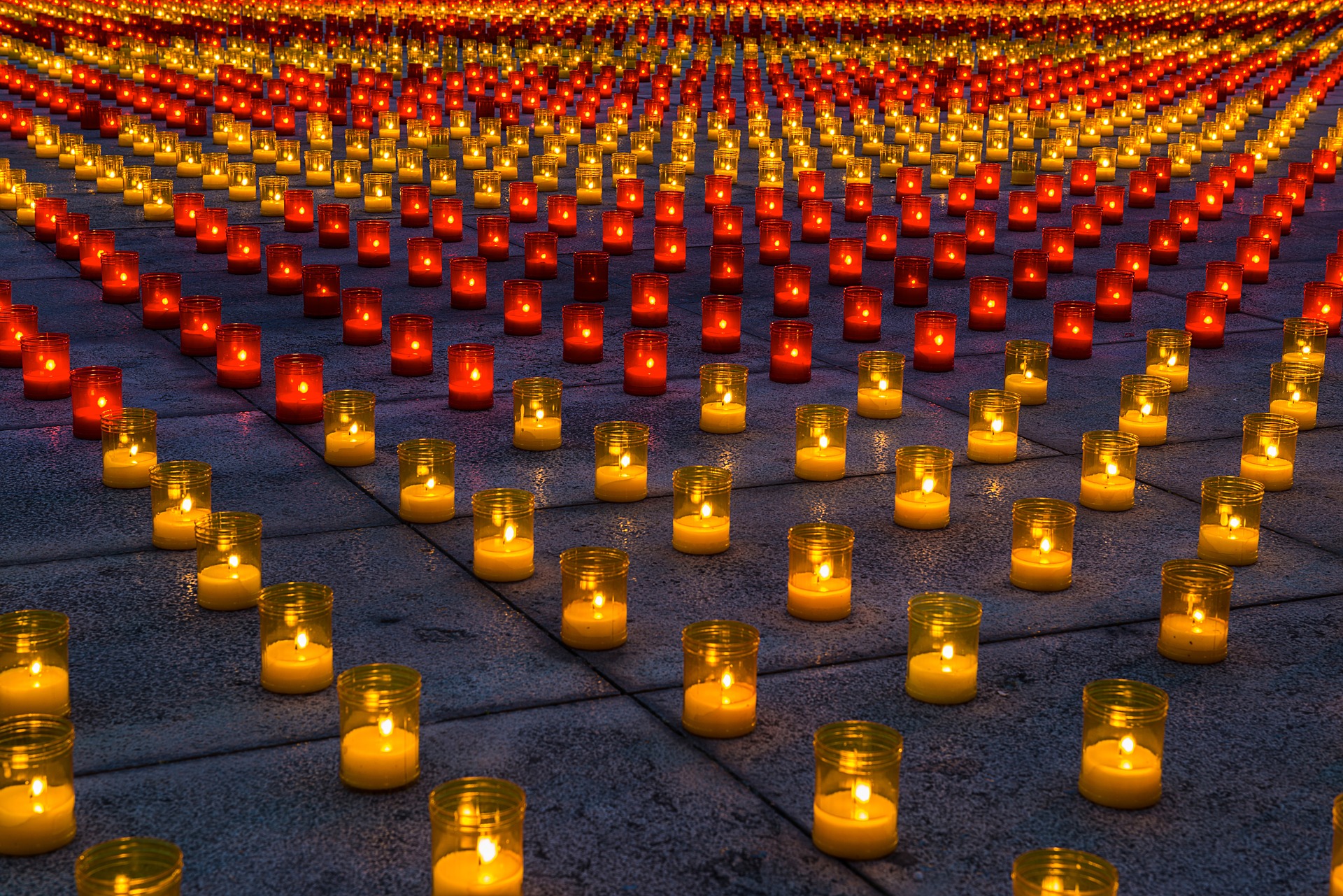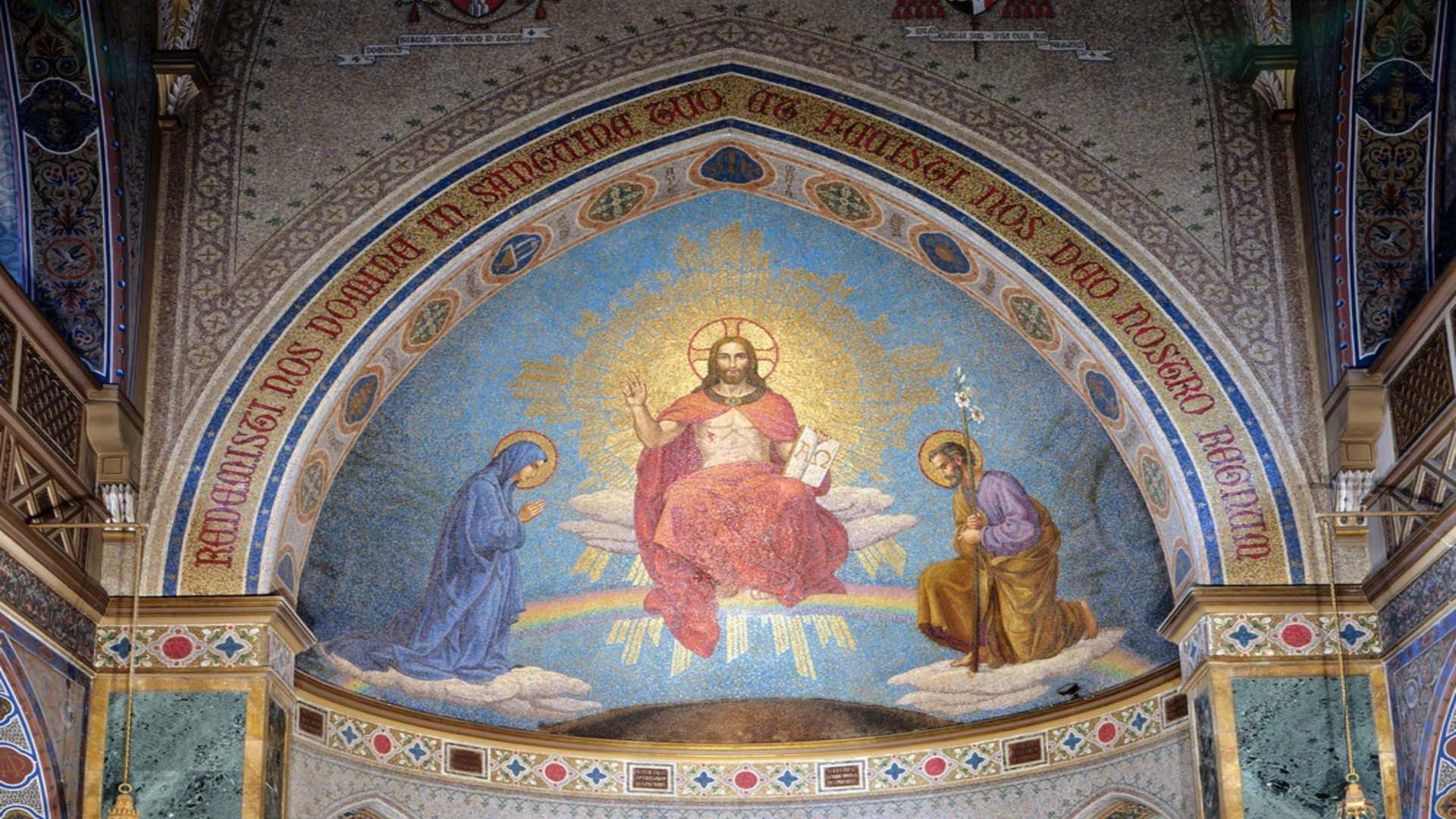Project Description
Architecture
The church was built between 1855 and 1859 on the design of Scottish architect George Wigley. It is one of the rare examples of Neo-Gothic style in Rome. The Armellini gives a negative opinion: “The architecture of the church is rather ostrogothic than Gothic” (op. Cit., 813). It is one of the last churches of the Pontifical Rome, and although consecrated to the Most Holy Redeemer, it is known as the Church of Sant’Alfonso, founder of the Redemptorists, to which it belongs together with the entire annexed complex.
Description
Facade
The facade, brick and travertine, which is accessed after a large staircase, is constricted, with three doors open; in the tympanum of the central door there is a polychrome mosaic depicting the Virgin of perpetual relief between angels, and on the cymbal of the tympanum the statue of the marble Redeemer of Carrara. The façade is further embellished by a rose window.
Internal
The interior of the church has three naves, enriched by polychrome marbles, with six side chapels on the side. The interior decorations date back to the end of the nineteenth century and are the work of the Bavarian painter and brother of the Redemptorists Max Schmalzl (1850-1930). The apse is crowned by a mosaic, set up in 1964, depicting the Redeemer on the throne between the Virgin Mary and St. Joseph. At the tall altar there is a 14th century Cretan-era icon depicting the Madonna of Perpetual Relief, donated to Redentoristida Pius IX in 1866.
Pipe organ
On the chapel in counterfed, there is the canal body of the church; this, which incorporates some of the sound material of a previous instrument, made by Charles Anneessens in 1898, was built in 1932 by Tamburini and restored in 1982. The entire phonetic body is located inside the original neo-Gothic monumental wooden case, designed by the German architect Maximilian Schmalzl.
The organ has two keyboards of 61 notes each and a concave-radial pedal of 32.






